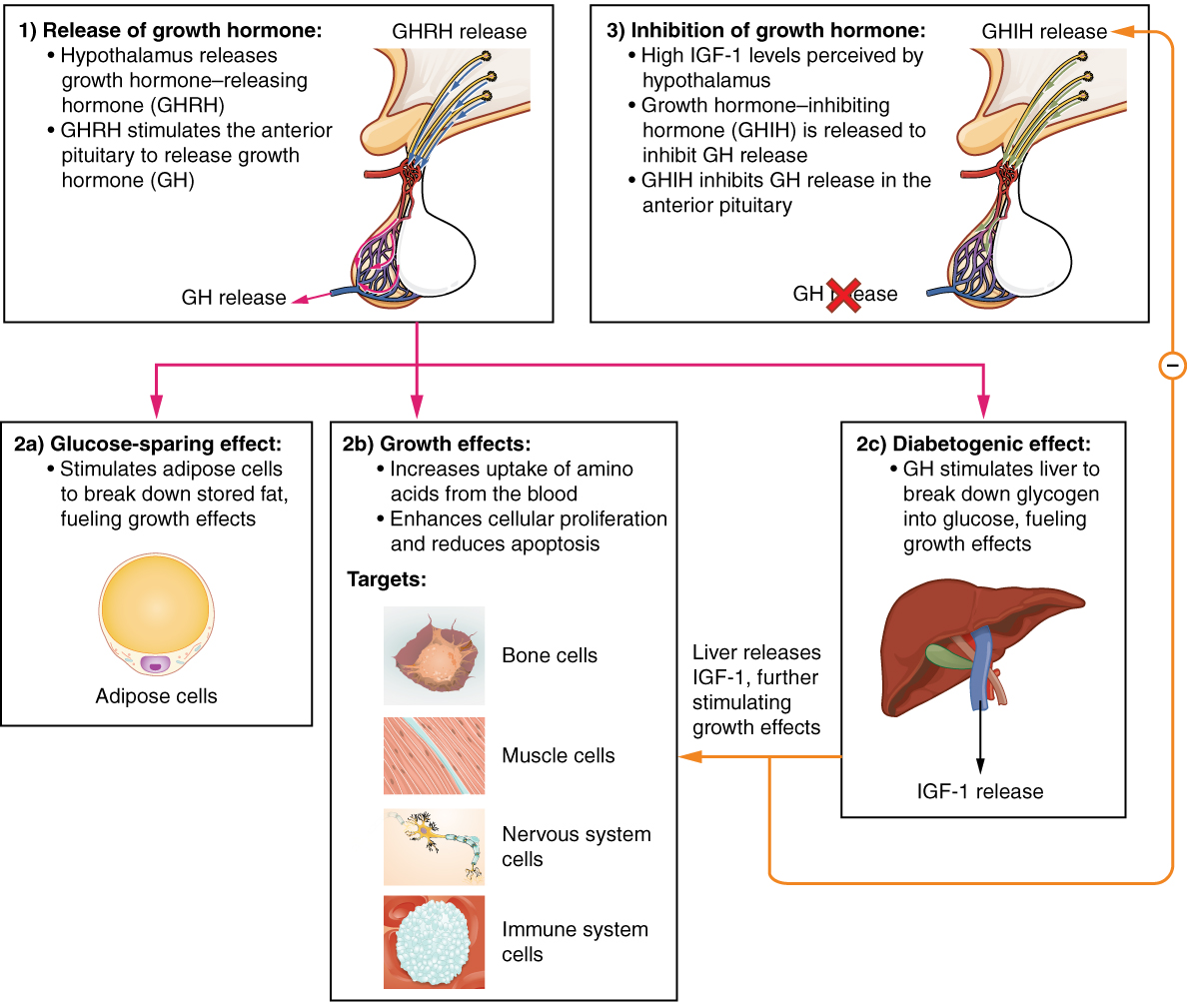|
Bakanae
or bakanae disease (, , ), from the Japanese (language), Japanese for "foolish seedling", is a plant disease, disease that infects rice plants. It is caused by the fungus ''Gibberella fujikuroi'', the metabolism of which produces a surplus of gibberellic acid. In the plant, this acts as a growth hormone, causing hypertrophy. The affected plants, which are visibly etiolation, etiolated (long and weak stems), chlorosis, chlorotic (lacking chlorophyll), and which are at best infertile with empty panicles, producing no edible grains; at worst, they are incapable of supporting their own weight, topple over, and die (hence "foolish seedling disease"). The earliest known report of ''bakanae'' is from 1828; it was first described scientifically in 1898 by Japanese people, Japanese researcher Shotaro Hori, who showed that the causative agent was fungal. [...More Info...] [...Related Items...] OR: [Wikipedia] [Google] [Baidu] |
Gibberella Fujikuroi
''Gibberella fujikuroi'' is a fungal plant pathogen. It causes ''bakanae'' disease in rice seedlings. Another name is foolish seedling disease. It gets that name because the seeds can be infected, leading to disparate outcomes for the plant. There are not many diseases that initiate similar symptoms as bakanae. Hosts and symptoms ''Gibberella fujikuroi'' is most widely known for its disease producing capabilities in rice, but barley, millet, sugarcane and maize are also susceptible. In all infected plants, similar symptoms have been found, though rice has been most predominantly studied. The most telltale symptom of Bakanae is the tall, spindly look of the plant. This is a result of the gibberellins, or growth hormones, the fungus secretes. Infected plants are easy to pick out, then, as they often rise above the rest of the healthy plants with regularly secreted growth hormones. However, it is also possible that stunting may occur, along with Chlorosis of the leaves of the pl ... [...More Info...] [...Related Items...] OR: [Wikipedia] [Google] [Baidu] |
Gibberellic Acid
Gibberellic acid (also called gibberellin A3 or GA3) is a hormone found in plants and fungi. Its chemical formula is C19H22O6. When purified, it is a white to pale-yellow solid. Plants in their normal state produce large amounts of GA3. It is possible to produce the hormone industrially using microorganisms.Camara, M. C. et al (2015) General Aspects and Applications of Gibberelins and Gibberellic Acid in Plants. In: Hardy, J.. (Org.). Gibberellins and Gibberellic Acid: Biosynthesis, Regulation and Physiological Effects. 1ed.Hauppauge: Nova Science Publishers, 2015, v., p. 1-21. Gibberellic acid is a simple gibberellin, a pentacyclic diterpene acid promoting growth and elongation of cells. It affects decomposition of plants and helps plants grow if used in small amounts, but eventually plants develop tolerance to it. GA stimulates the cells of germinating seeds to produce mRNA molecules that code for hydrolytic enzymes. Gibberellic acid is a very potent hormone whose natural occ ... [...More Info...] [...Related Items...] OR: [Wikipedia] [Google] [Baidu] |
Japanese (language)
is the principal language of the Japonic language family spoken by the Japanese people. It has around 123 million speakers, primarily in Japan, the only country where it is the national language, and within the Japanese diaspora worldwide. The Japonic family also includes the Ryukyuan languages and the variously classified Hachijō language. There have been many attempts to group the Japonic languages with other families such as Ainu, Austronesian, Koreanic, and the now discredited Altaic, but none of these proposals have gained any widespread acceptance. Little is known of the language's prehistory, or when it first appeared in Japan. Chinese documents from the 3rd century AD recorded a few Japanese words, but substantial Old Japanese texts did not appear until the 8th century. From the Heian period (794–1185), extensive waves of Sino-Japanese vocabulary entered the language, affecting the phonology of Early Middle Japanese. Late Middle Japanese (1185–1600) saw ex ... [...More Info...] [...Related Items...] OR: [Wikipedia] [Google] [Baidu] |
Plant Disease
Plant diseases are diseases in plants caused by pathogens (infectious organisms) and environmental conditions (physiological factors). Organisms that cause infectious disease include fungi, oomycetes, bacteria, viruses, viroids, virus-like organisms, phytoplasmas, protozoa, nematodes and parasitic plants. Not included are ectoparasites like insects, mites, vertebrates, or other pests that affect plant health by eating plant tissues and causing injury that may admit plant pathogens. The study of plant disease is called plant pathology. Plant pathogens Fungi Most phytopathogenic fungi are Ascomycetes or Basidiomycetes. They reproduce both sexually and asexually via the production of spores and other structures. Spores may be spread long distances by air or water, or they may be soil borne. Many soil inhabiting fungi are capable of living saprotrophically, carrying out the role of their life cycle in the soil. These are facultative saprotrophs. Fungal dise ... [...More Info...] [...Related Items...] OR: [Wikipedia] [Google] [Baidu] |
Rice
Rice is a cereal grain and in its Domestication, domesticated form is the staple food of over half of the world's population, particularly in Asia and Africa. Rice is the seed of the grass species ''Oryza sativa'' (Asian rice)—or, much less commonly, ''Oryza glaberrima'' (African rice). Asian rice was domesticated in China some 13,500 to 8,200 years ago; African rice was domesticated in Africa about 3,000 years ago. Rice has become commonplace in many cultures worldwide; in 2023, 800 million tons were produced, placing it third after sugarcane and maize. Only some 8% of rice is traded internationally. China, India, and Indonesia are the largest consumers of rice. A substantial amount of the rice produced in developing nations is lost after harvest through factors such as poor transport and storage. Rice yields can be reduced by pests including insects, rodents, and birds, as well as by weeds, and by List of rice diseases, diseases such as rice blast. Traditional rice polyc ... [...More Info...] [...Related Items...] OR: [Wikipedia] [Google] [Baidu] |
Fungus
A fungus (: fungi , , , or ; or funguses) is any member of the group of eukaryotic organisms that includes microorganisms such as yeasts and mold (fungus), molds, as well as the more familiar mushrooms. These organisms are classified as one of the kingdom (biology)#Six kingdoms (1998), traditional eukaryotic kingdoms, along with Animalia, Plantae, and either Protista or Protozoa and Chromista. A characteristic that places fungi in a different kingdom from plants, bacteria, and some protists is chitin in their cell walls. Fungi, like animals, are heterotrophs; they acquire their food by absorbing dissolved molecules, typically by secreting digestive enzymes into their environment. Fungi do not photosynthesize. Growth is their means of motility, mobility, except for spores (a few of which are flagellated), which may travel through the air or water. Fungi are the principal decomposers in ecological systems. These and other differences place fungi in a single group of related o ... [...More Info...] [...Related Items...] OR: [Wikipedia] [Google] [Baidu] |
Growth Hormone
Growth hormone (GH) or somatotropin, also known as human growth hormone (hGH or HGH) in its human form, is a peptide hormone that stimulates growth, cell reproduction, and cell regeneration in humans and other animals. It is thus important in human development. GH also stimulates production of insulin-like growth factor 1 (IGF-1) and increases the concentration of glucose and free fatty acids. It is a type of mitogen which is specific only to the receptors on certain types of cells. GH is a 191-amino acid, single-chain polypeptide that is synthesized, stored and secreted by somatotropic cells within the lateral wings of the anterior pituitary gland. A recombinant form of HGH called somatropin ( INN) is used as a prescription drug to treat children's growth disorders and adult growth hormone deficiency. In the United States, it is only available legally from pharmacies by prescription from a licensed health care provider. In recent years in the United States, some health ... [...More Info...] [...Related Items...] OR: [Wikipedia] [Google] [Baidu] |
Hypertrophy
Hypertrophy is the increase in the volume of an organ or tissue due to the enlargement of its component cells. It is distinguished from hyperplasia, in which the cells remain approximately the same size but increase in number. Although hypertrophy and hyperplasia are two distinct processes, they frequently occur together, such as in the case of the hormonally induced proliferation and enlargement of the cells of the uterus during pregnancy. Eccentric hypertrophy is a type of hypertrophy where the walls and chamber of a hollow organ undergo growth in which the overall size and volume are enlarged. It is applied especially to the left ventricle of heart. Sarcomeres are added in series, as for example in dilated cardiomyopathy (in contrast to hypertrophic cardiomyopathy, a type of concentric hypertrophy, where sarcomeres are added in parallel). Gallery Gould Pyle 234.jpg, Breasts Hypertrophied clitoris.jpg, Clitoris Head of a boy with hypertrophy of the ear Wellcome L0062496.j ... [...More Info...] [...Related Items...] OR: [Wikipedia] [Google] [Baidu] |
Etiolation
Etiolation is a process in flowering plants grown in partial or complete absence of light. It is characterized by long, weak stems; smaller leaves due to longer internodes; and a pale yellow color (chlorosis). The development of seedlings in the dark is known as "skotomorphogenesis" and leads to etiolated seedlings. Effects Etiolation increases the likelihood that a plant will reach a light source, often from under the soil, leaf litter, or shade from competing plants. The growing tips are strongly attracted to light and will elongate towards it. The pale color results from a lack of chlorophyll. Some of the changes that occur include # elongation of stems and leaves; # weakening of cell walls in stems and leaves; # longer internodes, hence fewer leaves per unit length of stem; # chlorosis, a pale yellowish-white coloration. De-etiolation is the transition of seedlings from below-ground growth to above-ground growth form. Causes Etiolation is controlled by the plant hormone ... [...More Info...] [...Related Items...] OR: [Wikipedia] [Google] [Baidu] |
Chlorosis
In botany, chlorosis is a condition in which leaves produce insufficient chlorophyll. As chlorophyll is responsible for the green color of leaves, chlorotic leaves are pale, yellow, or yellow-white. The affected plant has little or no ability to manufacture carbohydrates through photosynthesis and may die unless the cause of its chlorophyll insufficiency is treated and this may lead to a plant disease called rusts, although some chlorotic plants, such as the albino ''Arabidopsis thaliana'' mutant ''ppi2'', are viable if supplied with exogenous sucrose. The word ''chlorosis'' is derived from the Greek ''khloros'' meaning "greenish-yellow", "pale green", "pale", "pallid", or "fresh". In viticulture, the most common symptom of poor nutrition in grapevines is the yellowing of grape leaves caused by chlorosis and the subsequent loss of chlorophyll. This is often seen in vineyard soils that are high in limestone such as the Italian wine region of Barolo in the Piedmont (wine), Piedmont ... [...More Info...] [...Related Items...] OR: [Wikipedia] [Google] [Baidu] |
Panicle
In botany, a panicle is a much-branched inflorescence. (softcover ). Some authors distinguish it from a compound spike inflorescence, by requiring that the flowers (and fruit) be pedicellate (having a single stem per flower). The branches of a panicle are often racemes. A panicle may have determinate or indeterminate growth. This type of inflorescence is largely characteristic of grasses, such as oat and crabgrass, as well as other plants such as pistachio and mamoncillo. Botanists use the term paniculate in two ways: "having a true panicle inflorescence" as well as "having an inflorescence with the form but not necessarily the structure of a panicle". Corymb A corymb may have a paniculate branching structure, with the lower flowers having longer pedicels than the upper, thus giving a flattish top superficially resembling an umbel. Many species in the subfamily Amygdaloideae, such as hawthorns and rowans, produce their flowers in corymbs. up'' Sorbus glabrescens'' co ... [...More Info...] [...Related Items...] OR: [Wikipedia] [Google] [Baidu] |





